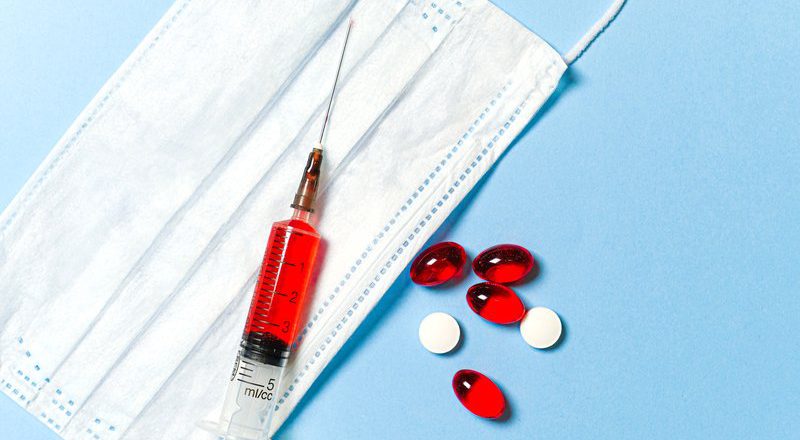When It Comes To Heart Disease The Sex Of Your Cells Matter
Most mammals, including humans, have two sex chromosomes, X and Y. One sex chromosome is usually inherited from each parent, and they pair up as either XX or XY in every cell of the body. People with XX chromosomes typically identify as female, and people with XY chromosomes typically identify as male. The genes on these chromosomes play a key role in development and function – including how heart disease develops.
Before I became a biomedical engineer studying how sex chromosomes affect the heart, I learned about one curious function of X chromosomes in my high school science class, with the calico cat example.
Female calico cats almost always have orange and black splotches of fur, because the gene that defines coat color is found on the X chromosome. When an orange cat mates with a bl...


